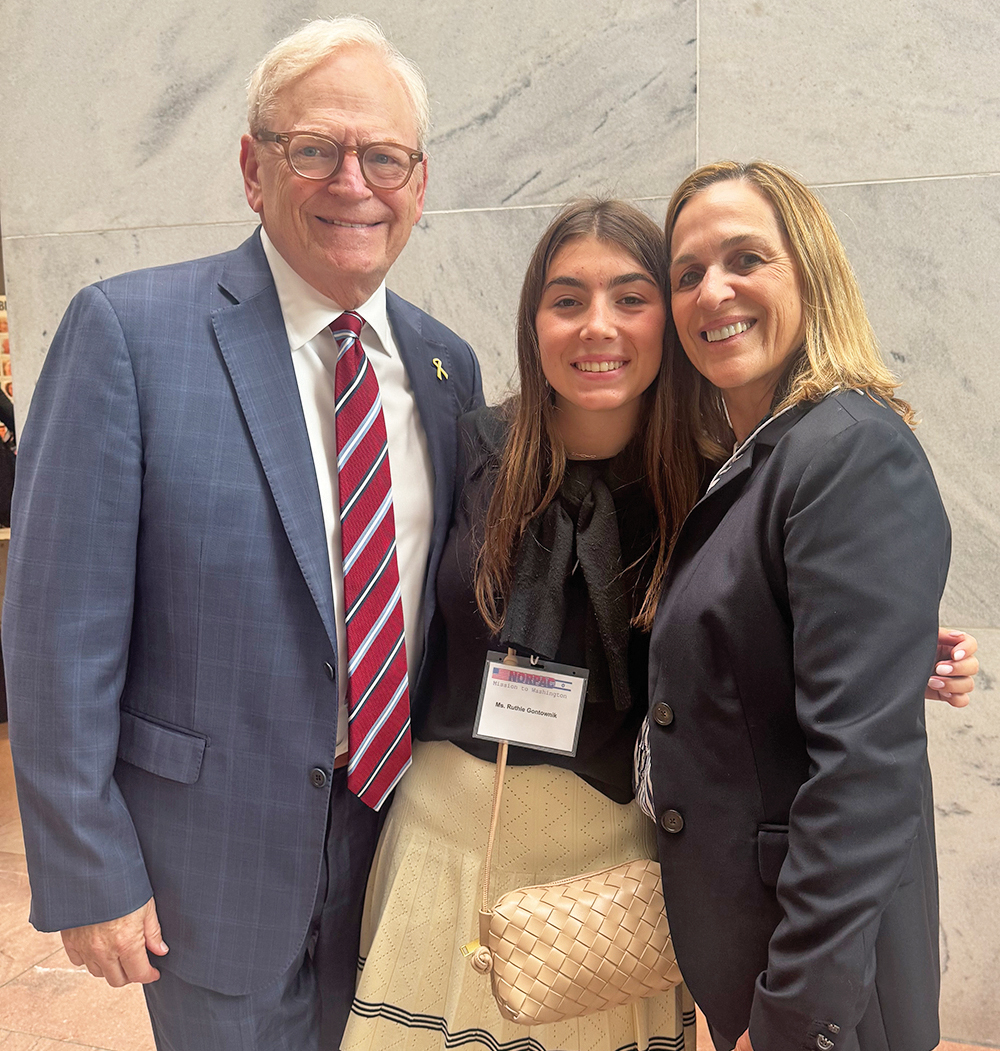In a recent column on Epstein-Barr virus, I noted that Yvonne Barr, co-discoverer of the virus, had moved to Australia soon afterwards and there she became a high school teacher. I had a flurry of emails in response to this information and one reader, Max, informed me that the reason she chose this professional path was because she was unable to obtain a research position. It does say a lot about the nature of discrimination in the 1960s and 1970s in employment, even at supposedly enlightened institutions, and how far we have traveled since then.
In this column I have tried to discuss a wide gamut of topics to illustrate various aspects of cancer, its nature, treatment, history and politics. Consequently, we have discussed a variety of characters who have generally represented prominent clinicians or scientists in the cancer enterprise. One element of the cancer community we don’t give enough exposure to, but which is clearly critical, is the role of the administrators. The leadership of the major cancer centers are obviously major players in how cancer science and medicine will evolve and play a dominant role. As might be expected, such leaders are more frequently than not drawn from the rolls of the major clinicians and scientists, but it may well be that their contributions as administrators may represent their most important contributions to the cancer enterprise. This is not unlike the fact that George Washington may have played a more important role as president than as a general.
An administrator who came to my attention in the early 2000s was Michael Caligiuri of Ohio State University. His is a true rags-to-riches story, the child of Italian immigrants, born in Buffalo in 1956, the second of 10 children. He was raised in a strict Catholic home and went to SUNY Buffalo while living at home. He worked multiple jobs to pay for tuition as well as household expenses, including working in a bingo hall, as a janitor, waiter and construction worker.
After college, he was accepted to Stanford University School of Medicine and in order to pay the tuition, he entered their five-year clinical scholars program which provided free tuition and living expenses in exchange for working three years in a laboratory. He worked in the lab of Eugene Robin, a pulmonologist. He obtained a master’s in physiology along the way and was also involved in research on the immunology drug cyclosporin, important in transplantation. He went on to do his internal medicine residency at Brigham and Women’s Hospital and his medical oncology training at Dana-Farber Cancer Institute.
He initially joined the faculty at Dana-Farber but was recruited to Roswell Park Cancer Center where he worked under Clara Bloomfield, a leading authority in the treatment of leukemia, who became his mentor. When she was recruited to Ohio State University, ultimately to become the director of its comprehensive cancer center, Caligiuri moved with her. He became the director of hematology-oncology at OSU from 2003-2007 and he replaced Bloomfield as director of the James Comprehensive Cancer Center in 2005, a position he held until 2017.
As the director of the James Cancer Center, Caligiuri recruited over 300 scientists and clinicians to its staff and built it into one of the leading centers in the country. Under his tenure, when it was reviewed at its every-five-year review by the National Cancer Institute, the cancer center achieved a perfect score, the first time any cancer center in the United States had ever achieved such a score. In the meantime, they built the James Cancer Hospital, which stands as the third largest cancer hospital in the U.S.
It is not an easy task to recruit scientists. I was at a conference in Columbus, Ohio during this time and was invited to meet with Caligiuri and he gave a very inviting hard sell. Cities like New York, Los Angeles, Chicago or Boston have relatively easier tasks in recruitment—people want to live there. Furthermore, there are nine or 10 cancer centers in the tri-state area, so that a significant degree of poaching goes on from one to another when a faculty member is needed. But recruitment to the Midwest or south is not so inviting. What Caligiuri could offer was money and space, and he was very good at making that attractive. And depending on just how serious he was about the recruitment, there were also season tickets on the 50-yard line.
Caligiuri was recognized as a true master in terms of leading a cancer center and building it into a national leader. The skills and the importance of this are no less important than the intellectual skills required to treat patients or to be innovative in a lab.
Alfred I. Neugut, MD, PhD, is a medical oncologist and cancer epidemiologist at Columbia University Irving Medical Center/New York Presbyterian and Mailman School of Public Health in New York. Email: ain1@columbia.edu.
This article is for educational purposes only and is not intended to be a substitute for professional medical advice, diagnosis, or treatment, and does not constitute medical or other professional advice. Always seek the advice of your qualified health provider with any questions you may have regarding a medical condition or treatment.












